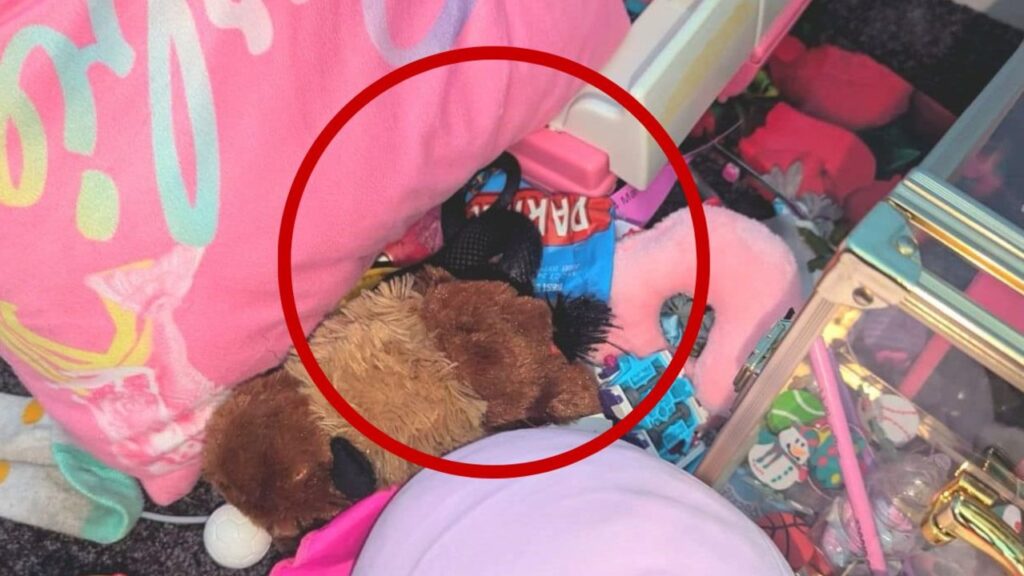Woman dies from Legionnaires’ disease
Written by admin on August 2, 2024
A woman has died after contracting Legionnaires’ disease following Victoria’s largest outbreak of the illness in more than two decades.
Victorian chief health officer Clare Looker said a woman in her 90s suddenly fell ill with the disease on Tuesday before passing away that same night.
As of 3pm on Thursday, health authorities confirmed there are 60 known cases in the state, with an additional 10 suspected cases.
Nearly all of the confirmed cases and seven of the suspected cases have been hospitalised and “multiple” people have been admitted into intensive care units.
Dr Looker confirmed health authorities are still searching for the source of the outbreak, but they have narrowed the focus of their investigation to Laverton and Derrimut in Melbourne’s West.
She said investigators have been focused on cooling towers, which are the most common source of Legionnaires’ disease. Of the 100 cooling towers in the identified areas, 41 have already been tested and disinfected.
While the source of the outbreak is yet to be identified, Dr Looker said it was likely to have been a cooling tower that has already been disinfected.
“There’s a high probability that we have already visited the tower and disinfected it and that is really driven by some pretty compelling epidemiology,” Dr Looker said.
“Unfortunately, it will be a number of days before we have definitive test results from the samples that have been taken at these cooling towers.”
The outbreak is the state’s largest since 2000, when more than 100 people contracted legionnaires’ and four people died after cooling towers at Melbourne Aquarium became infected with the harmful bacteria.
The recent outbreak has predominantly affected adults aged over 40 who have visited or reside in metropolitan Melbourne.
Dr Looker said health authorities have been working closely with the Bureau of Meteorology to understand if weather patterns and wind have contributed to the wide distribution of cases.
Individuals who have contracted the illness did not need to have visited the location of the cooling tower but could have been within “several kilometres” of the contaminated site.
“The highest risk is the 500m around the cooling tower,” she said.
Most of those who contracted the illness are believed to have been exposed to the bacteria between July 5 and 20 and began showing symptoms on or after the 15th.
Royal Melbourne Hospital Respiratory director Megan Rees explained there was often an incubation period of between two and 10 days.
She said there is no risk of patients spreading the illness as it cannot be transmitted through people.
As many symptoms of Legionnaires’ disease are the same as those experienced when contracting the flu, Professor Rees said specific yet simple testing must be carried out to establish whether someone has contracted the illness.
Dr Looker confirmed case numbers could continue to rise in the coming days.
“Part of that is because we know there’s an incubation period so people may have been exposed 10 days ago and only now be developing the illness,” she said.
“We do understand this as a concern in our situation for our community and we want to ensure people that are epidemiologists, together with our expert public health teams, our local public health units, and their teams have been working rapidly in past days to identify the source of the current outbreak.”
Legionnaires’ disease typically presents as a chest infection, with symptoms such as a fever, chills, cough, headache and muscle aches and pains.
Other less common symptoms include confusion, nausea, vomiting and diarrhoea.
Anyone who has visited the city or surrounding areas and develops symptoms is advised to seek urgent medical attention.
Health authorities are warning Australians over 40 who smoke and have underlying medical conditions are most at risk of contracting the disease.
Legionnaires’ disease is commonly found in natural bodies of water, including rivers, lakes, creeks and hot springs.
More Coverage
However, it can also be found in spas, warm water systems and artificial systems that use water for cooling, heating or industrial processes such as cooling towers.
It is spread when fine droplets of water that contain legionella bacteria are inhaled.
It is not commonly spread from person-to-person or by drinking contaminated water.
Read related topics:Melbourne







